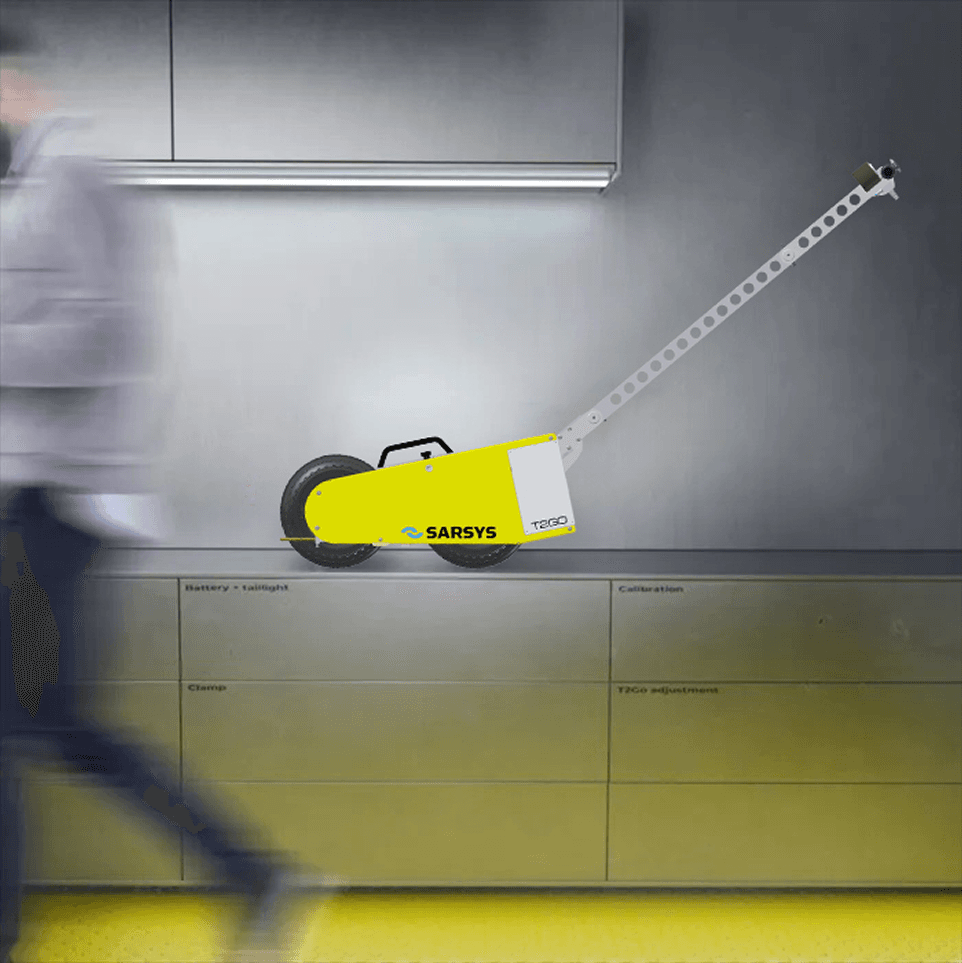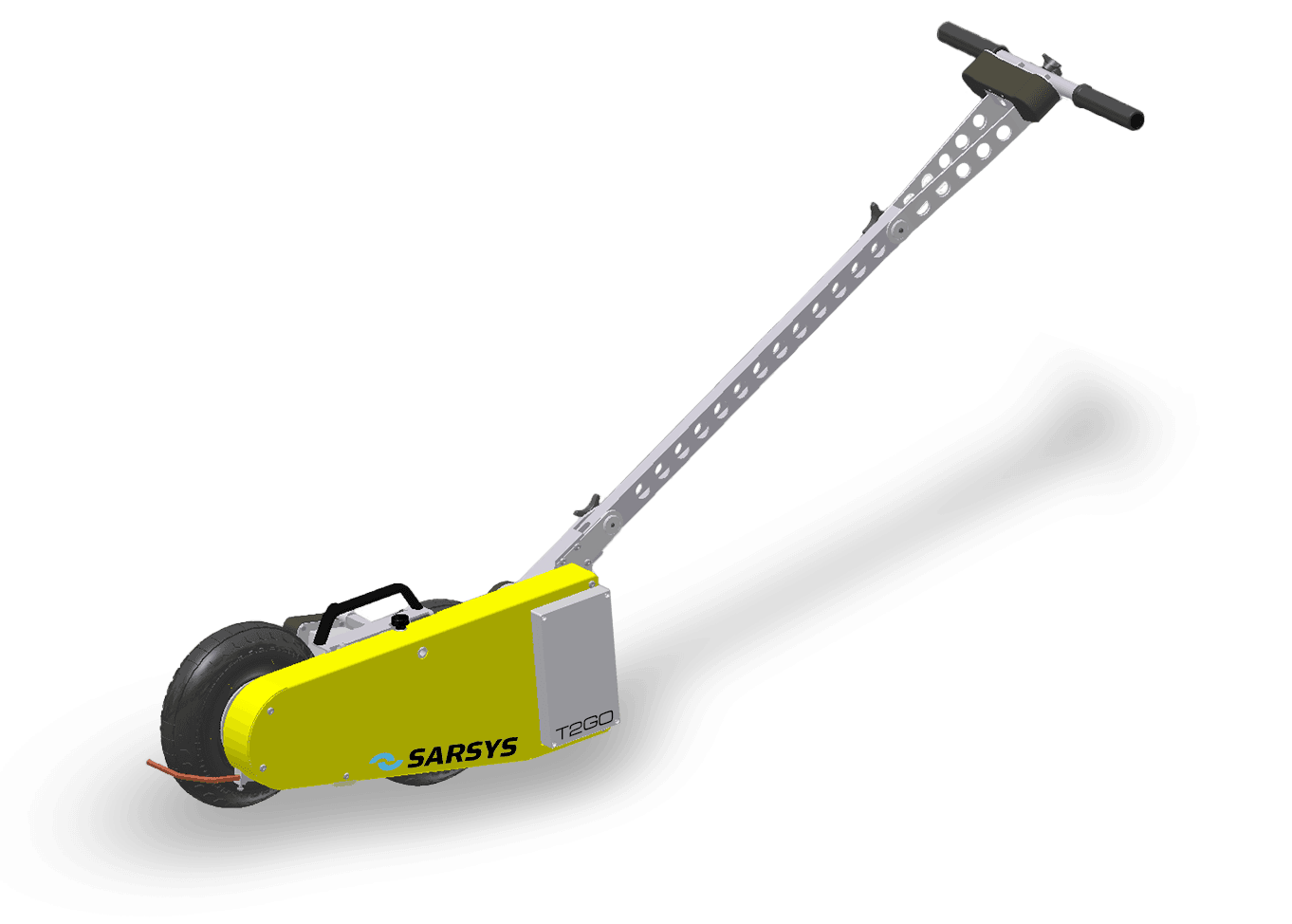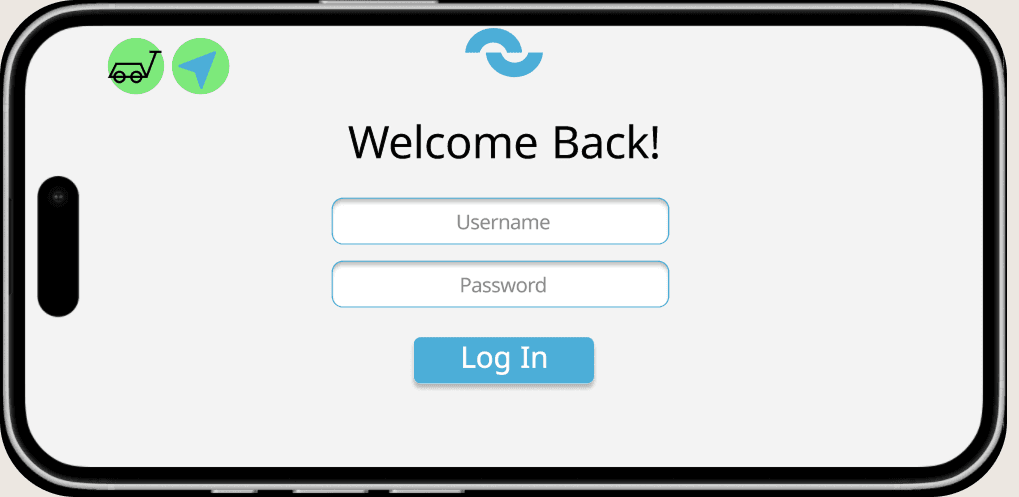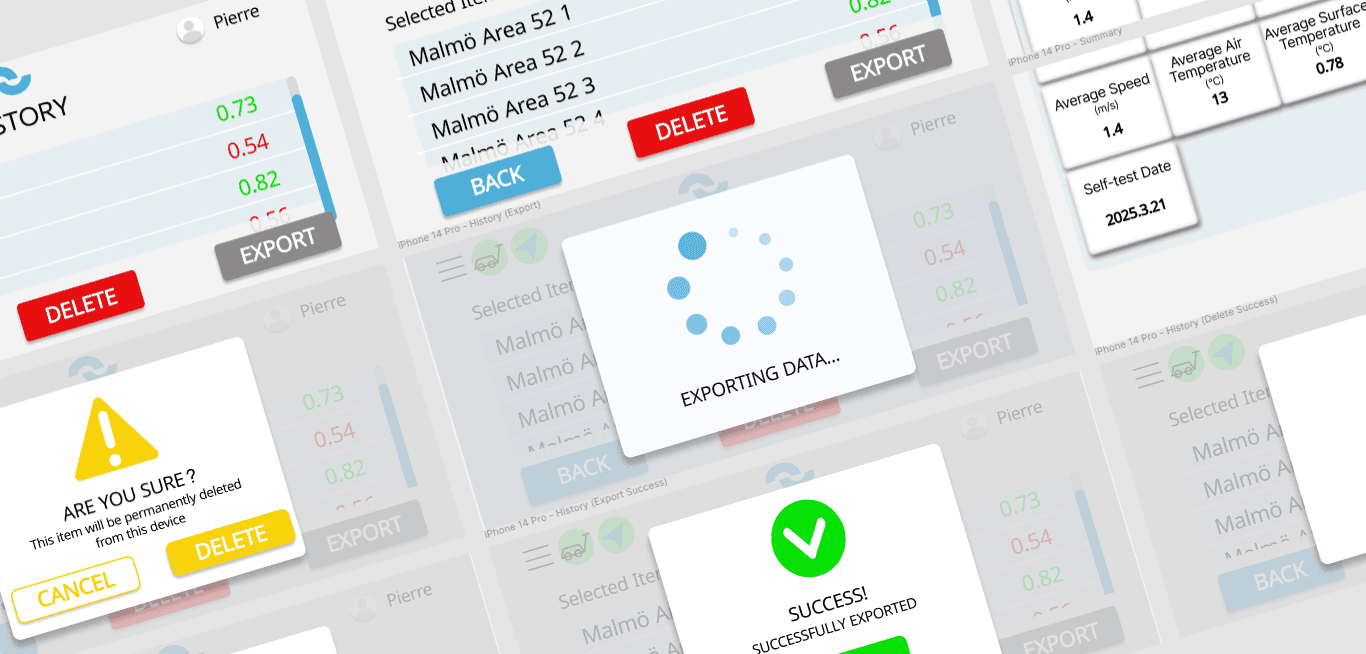T2GO
Software I developed for Sarsys-ASFT’s T2Go, a Raspberry Pi–based system that collects friction data from sensors for use in both airports and industrial environments.
Full-Stack Development
Frontend Development (Vue.js, TypeScript), Backend Development (GraphQL APIs, Azure, MySQL), Real-Time Data Handling (WebSockets & Subscriptions), UI/UX Enhancements, Hardware–Software Communication, System Optimization

This project was a complete redesign of Sarsys-ASFT’s T2Go, both hardware and software. The hardware was upgraded to deliver more accurate data from runway friction testing, which meant the software also had to evolve — requiring new functions, improved workflows, and re-engineered data handling.

I was part of the project from the ground up, helping design and define the system’s functions, workflows, and overall architecture. Collaboration was central: we worked with the hardware team to align the software with the new device capabilities, and with the sales team to gather feedback directly from customers and old system users. I also joined customer meetings to understand pain points and ensure the new solution addressed real operational needs.

Development was iterative and continuous — we rolled out new features while the system was already in production, constantly refining based on team and customer feedback.
My role covered full-stack development: Frontend (Vue.js, TypeScript), Backend (GraphQL APIs, Azure, SQL), and real-time communication (WebSockets & GraphQL subscriptions). Beyond coding, I helped bridge the gap between technical architecture and user needs, ensuring the T2Go system became both technically robust and easy to operate in the field.

Check it out